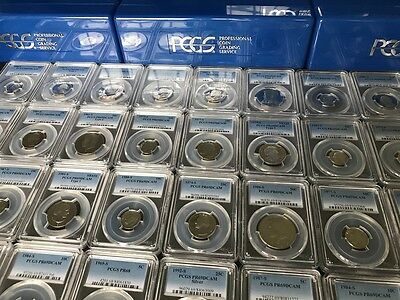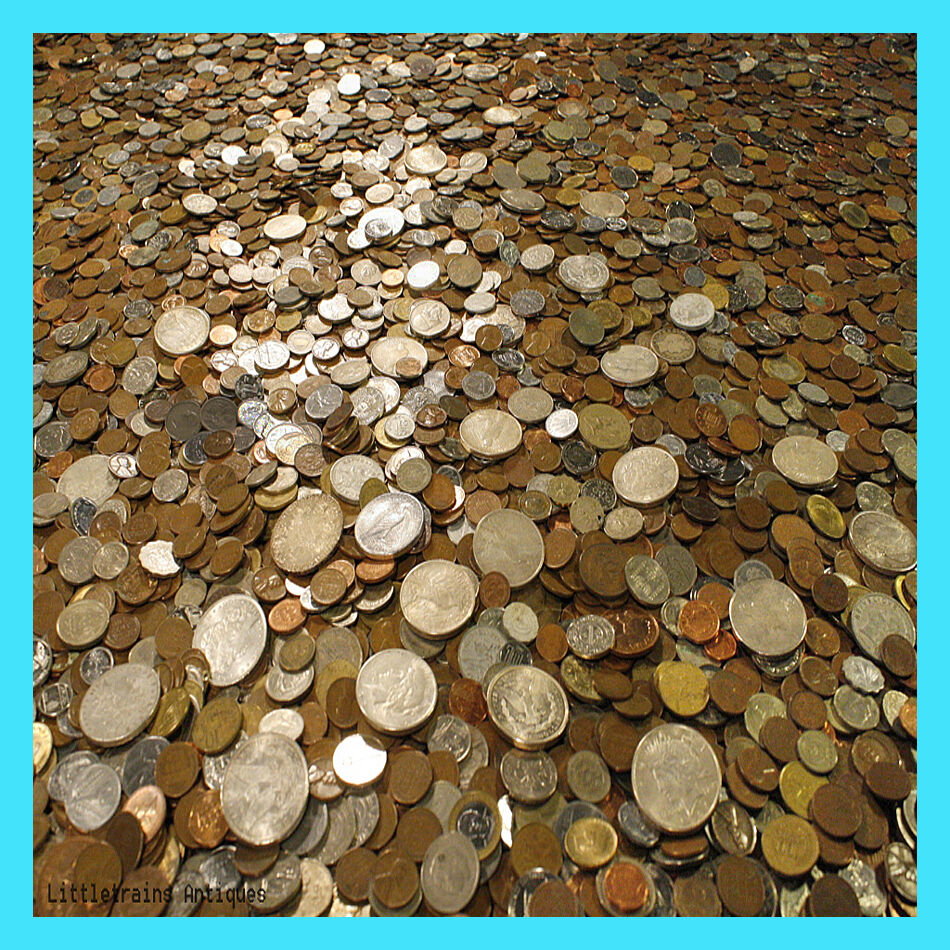-40%
Very Nice 1923 Buffalo Nickel PCGS Graded MS-63 (WW488)
$ 86.05
- Description
- Size Guide
Description
RBuffalo Nickels
Type 1 (1913)
The Buffalo Nickel is one of the most iconic designs in U.S. numismatics. Created by period artist James Earl Frasier the obverse depicts an intricate Indian portrait with the date in raised lettering appearing on his shoulder. The reverse has the profile of a bison standing on a mound upon which the denomination is embossed. While visually captivating, the coin was not well suited for rapid production. This was immediately recognized and forced alterations creating a new type within the first year of the new design. The height of the mound caused the wording FIVE CENTS it to wear quickly. It was changed to make the area below the buffalo concave with the denomination now appearing in the new recess. Before the change was made, examples of the Type 1 were struck at all three operating Mints. Regardless, the overall depth of the design coupled with the hardness of the nickel alloy continued to present striking issues making sharply executed examples for this type and the remainder of the series more desirable by collectors today.
Type 2 (1913-1938)
Removal of the mound upon which the reverse bison stood created the second type design for this popular five cent type. The Buffalo nickel, also known as the Bison head or Indian nickel was struck for 25 years from 1913 to 1938. It remains one of the most iconic designs in U.S. numismatics. Created by sculptor James Earl Frasier, the coin features a realistic Indian portrait on the obverse and a representation of a bison on the reverse. Both of these motifs were intended to represent lifelike portraits, a departure from the stylized works on previous coins. The bison was modeled after “Black Diamond” a living buffalo from the New York Central Park Zoo. The Indian portrait was a composite made from three separate actual Native American models. This classic design was a product of the rare coin renaissance that changed the face of U.S. coinage from 1907 – 1921.
Track Page Views With
Auctiva's FREE Counter










